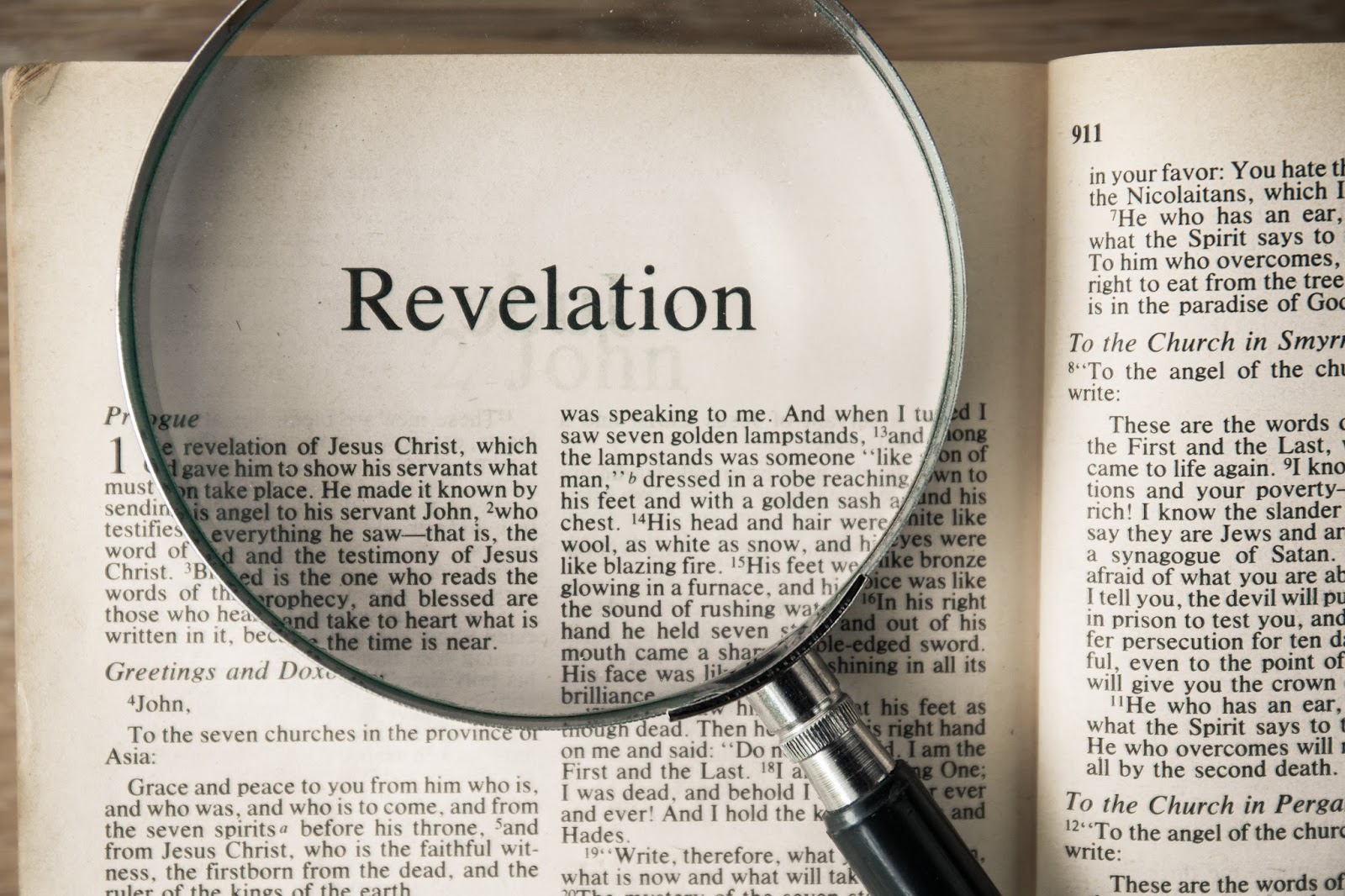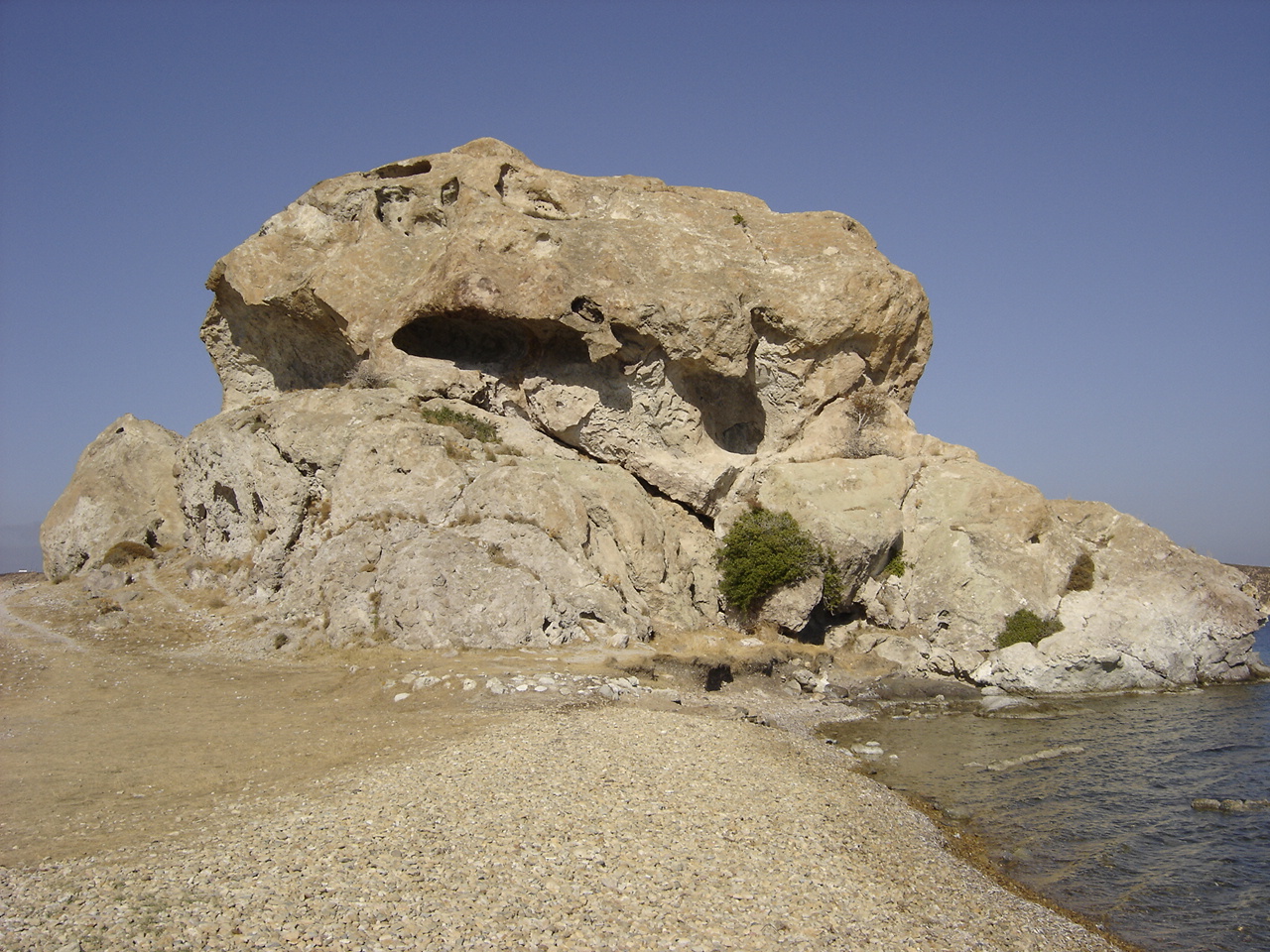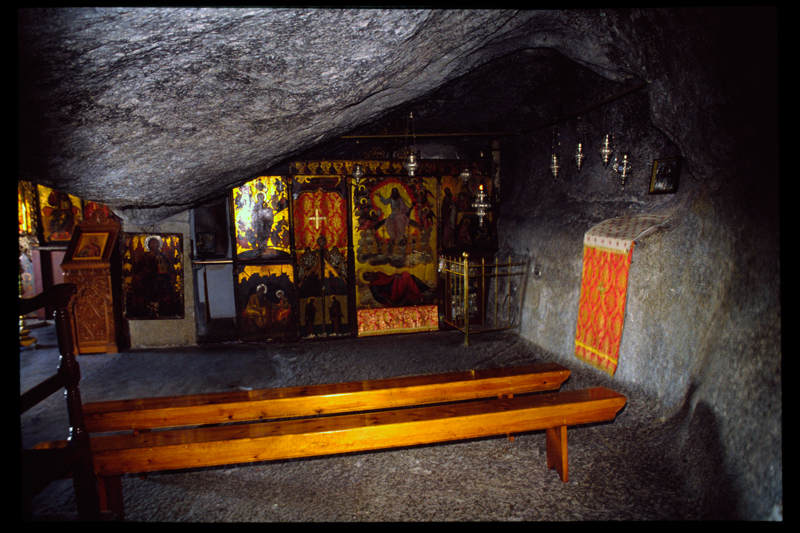Revelation - Background
Mankind has had a problem with sin since the fall in Genesis 3. God provides the final answer to this problem in the Book of Revelation. Every believers in Jesus Christ should be very familiar with the details in the Book of Revelation - for it is a book of hope and not despair.
Book of Revelation
Background

A Book of Hope
Revelation, the title of this book, comes from the Greek word for apocalypse and refers to an unveiling or a disclosure of something as yet unknown. Jesus visits the Apostle John in a vision to address three things. (1) What has happened, (2) What is happening, (3) What will happen in the world. The book begins by addressing the churches on God's protection, followed by the judgments of the Tribulation Period, and finally, the rewards of the believer.
Mankind has had a problem with sin since the fall in Genesis 3. Throughout the Bible, God has recorded mans' sin problem in painstaking detail. In Revelation, the last book of the Bible, God provides the final answer to this problem. Jesus will, once and for all, heal the wounds brought on by sin (Revelation 19), reign for a thousand years on earth (Revelation 20), and then re-create the world into a place that represents God’s original design (Revelation 21–22) that we see in Genesis, chapter 1. Without the completion of the redeeming work of Jesus recorded in Revelation, we wouldn’t have the full picture of the story, leaving our hope for the future in serious doubt. Because God has shown His people in detail of His judgment on the evildoers throughout the Bible, culminating in the Book of Revelation, every believers in Jesus Christ should be familiar with the details in the Book of Revelation - for it is a book of hope and not despair.
Dispensations
The Book of Revelation is the last book written to the Church, as well as the last book in the Bible, which foretells of what is going to happen to the world at the end of the age. While there is still two more ages (or dispensations) upon the earth, it is the last one before Jesus Christ comes back to judge the world of its sin and cleanse evil out of the world. There are a total of nine dispensations of history where men and angels walked upon the earth. We are now in the finalization of the seventh dispensation. To get a broader view, let's briefly go over each dispensation. To learn more about each of the dispensations, please refer to Books/God's Purpose for Man/Chapter on Dispensations through this website.

1. Dispensation of Angels: Before time began, angels, not men, were given rulership under God to rule the earth and administer the will of God. God gave the lead assignment to Lucifer, who was a top archangel for God, supported by myriads of other angels to rule over the earth. In time, Lucifer attacked heaven with the purpose of overthrowing God. Instead, he was defeated when Michael, God's warring archangel overthrew him. Lucifer and his following angels were cast out of heaven. At that point, Lucifer became known as Satan. This length of time was from the time the earth was first created to the time of chaos and defeat of Satan in his invasion of heaven which the Bible gives no time frame.
2. Dispensation of Innocence: (Ante-diluvian age – before the flood of Noah). This was from the time of the creation of Adam and Eve 6000 years ago until their fall, which was probably a very short period of time. Some biblical scholars suggest it only lasted only a week or so. There were no offspring in this dispensation. It began as perfect and sinless, under Adam’s dominion, with just one command to obey. God was testing man to see if he could remain innocent and be faithful to God under the most favorable and perfect of conditions. Man, however, failed.
3. Dispensation of Conscience: (Continued as part of the ante-diluvian age). This period of time lasted from the time of Adam’s fall to the 600th year of the life of Noah, bringing us to the Noahic flood. During this whole time, man was tested to see if he could obey his own conscience, knowing right from wrong. God permitted man to live as his conscience dictated; however, man chose to live as he pleased until it became necessary for God to abruptly intervene, causing a global flood. This flood killed everyone on the whole earth except for one man and his family. This dispensation lasted 1656 years.
4. Dispensation of Human Government: Human laws and human government were instituted to govern man’s life after a long period of time of freedom of conscience. God gave Noah certain laws to administer to the human race, and man was held responsible for self-government. This period of time lasted from Noah’s flood to the call of Abraham when he was 75 years old – totaling 427 years.
5. Dispensation of Promise: God made promises and covenants with Abraham and his seed. In this period of time God emphasized the coming of the seed of a woman that would be through a particular race of people that would come through Abraham. The purpose of this dispensation was to choose one man (Abraham) through whom the Messiah should come forth. God used him and his seed as His representatives in the earth, and gave them Canaan as their headquarters.The length of this dispensation was from Abraham’s call at the age of 75 years to the exodus from Egypt, which was 430 years.
6. Dispensation of Law: The law was given by God to Moses around 1400 B.C., which became the rule of faith and practice during the period between Moses and Christ. God sent Himself down here to earth in the form of His Son – as a human being to suffer the pangs of sin on the cross, shedding His blood for the sins of the world. This length of time was from the time of the exodus in Egypt to the preaching of the kingdom of heaven by John the Baptist (or from Moses to Christ – around 1400 years give or take a few years.
7. Dispensation of Grace: (Also known as the Church age). This dispensation was named because of the fullness of grace brought by Jesus Christ. The length of this dispensation is from the preaching of the kingdom of heaven by John the Baptist to the second return of Jesus Christ. How many more years this grace period will continue is not known, but we do know we are winding down to the end of this time period. Before it can end, however, the Rapture of the Church must happen, followed by the seven years of the Tribulation Period of chaos and judgment for sin, and ending with the 2nd return of Christ to finalize that judgment upon the earth.
- The world is now at this time of the dispensations where the world is in chaos over sin and the Church anxiously awaits the Rapture of the Church.
8. Dispensation of Divine Government - the Millennium: Upon Jesus' 2nd return to earth to finalize His judgment, He and His army of resurrected saints will then set up His divine government upon the earth from its survivors. All human government will be abolished. Satan and his evil hosts will be cast and chained in the Bottomless it = the Abyss for almost 1000 years. Christ and resurrected saints, having glorified bodies, will be reigning with a rod of iron over the earth for the whole 1000 years.
At the end of the thousand years, Satan will be released out of the Bottomless Pit to gather whomever he can to again try to overthrow Jesus. This will give a final opportunity for mankind to rebel openly against God. At that point God will cast Satan and all those who followed him into the Lake of Fire for all eternity.
At that point, God will destroy the old earth by fire and create a new one in its place. He will then bring heaven down to earth.
9. Dispensation of Faithful Angels and the Redeemed: The faithful angels and resurrected saints will be helping God administer the affairs of the world from the earth, which will be the eternal headquarters of God’s government. This length of time will be for all eternity.
The Apostle John

The Apostle John was an apostle of Jesus Christ whom Jesus gave responsibility to care for His mother Mary after He was crucified. As Jesus lay dying on the cross, he asked John to care for His mother, of which he willingly obeyed. As persecution mounted in Jerusalem, John took Mary and fled to Ephesus, which is located at the far coastline of Asia Minor. There they settled in and John cared for Mary until she died. John continued his ministry as an apostle of Jesus spreading the Gospel, ministering and building churches. In time, John became the overseer over all the churches throughout Asia Minor.

The Apostle John was the last apostle left alive upon the earth. It is now around 94-95 A.D. and all of the apostles of Jesus had been martyred for their faith decades earlier. An attempt of martydom had been forced upon John by dragging him to Rome to be killed in a vat of boiling oil; however, God miraculously spared him from receiving any pain or wounds. In anger, the Roman Emperor Domitian banished him to the Island of Patmos to serve his sentence. Because he was already a very old man in his 90s, it was expected he would die on that penal island.
Island of Patmos

The island of Patmos was a rocky desolate island about 10 miles long and 6 miles wide situated about 50 miles off the coastline of Ephesus in the Aegean Sea. Patmos was like an Alcatraz Island in the Roman Empire that was used as a prison island and functioned as a jail without bars. The island was rich in white marble, and most of the prisoners were forced laborers in the marble quarries. The white marble (with gray streaks) was very valuable throughout the Roman Empire. Prisoners at Patmos did not have barracks or indoor quarters, but found themselves living in the caves around the island to protect themselves from the outside elements.
I had the privilege of visiting Ephesus and the Island of Patmos ten years ago. Patmos is no longer a rocky desolate island, but a tourist attraction where cruise ships port. The main attraction is the "traditional" cave in which the Apostle John supposedly lived in. The island has long been part of Greek territory and the Greek Orthodox Church has commercialized the island and the cave where John "supposely" dwelt while on Patmos.

Author
The Apostle John mentioned his name four times throughout the Book of Revelation (Rev 1:1, 4, 9; 22:8) as being its author. There has never been any dispute as to his authorship, and biblical scholars throughout history have almost unanimous affirmed him as the author of the Book of Revelation.
Date of Writing
The Apostle John was a prisoner on the penal Island of Patmos for 18 months between the years of 94-96 A.D. upon the command of the Roman Emperor Domitian. Upon the death of Domitian, the Emperor Nerva came into power. He probably was more tolerant toward Christianity and released John from his sentence. As a result, John went back home to Ephesus where he lived another two years before he died. There are biblical scholars who say that John drafted his letter to the seven churches while on the Island of Patmos, but did not finish it until after he came back home to Ephesus. The Apostle John wrote the Book of Revelation around the year 95 A.D. from his exile on the island of Patmos.
Audience

Jesus had given insturction to John to write to the seven main churches in Asia Minor—Ephesus, Smyrna, Pergamum, Thyatira, Sardis, Philadelphia, and Laodicea. Because John lived in Ephesus for so many years and ministered to these churches around Asia Minor, it would have been natural for him to communicate this vision to these churches under his immediate care and influence. Each of those seven churches received a personal message directed specifically to them (chapters 2 and 3). Thss letter, however, later became a circulation letter meant to all the churches in the 1st century and all generations because they dealt with issues that were pertinent to all churches. As such, the Book of Revelation is meant for the Church today.
Purpose of Writing
Mankind has had a problem with sin since the fall in Genesis 3. Throughout the Bible, God has recorded mans' sin problem in painstaking detail. In Revelation, the last book of the Bible, God provides the final answer to this problem. Jesus will once and for all heal the wounds brought on by sin (Revelation 19), reign for a thousand years on earth (Revelation 20), and then re-create the world into a place that represents God’s original design (Revelation 21–22) that we see in Genesis, chapter 1. Without the completion of the redeeming work of Jesus recorded in Revelation, we wouldn’t have the full picture of the story, leaving our hope for the future in serious doubt. Because God has shown His people in detail of His judgment on the evildoers throughout the Bible, culminating in the Book of Revelation, every believers in Jesus Christ should be familiar with the details in the Book of Revelation - for it is a book of hope and not despair.
Unless noted otherwise, all scripture studied in the Book of Revelation comes from the Amplified Version of Scripture because of its rich text which brings on a fuller meaning of what the Apostle John was writing to the seven churches. Most supportive scripture will come from the New King James Version.






